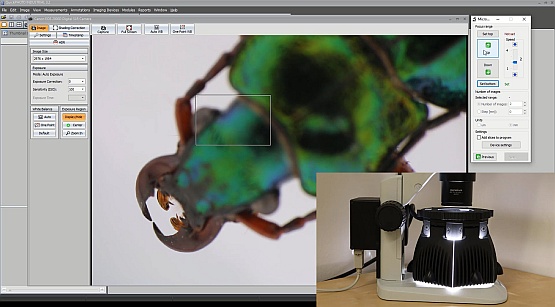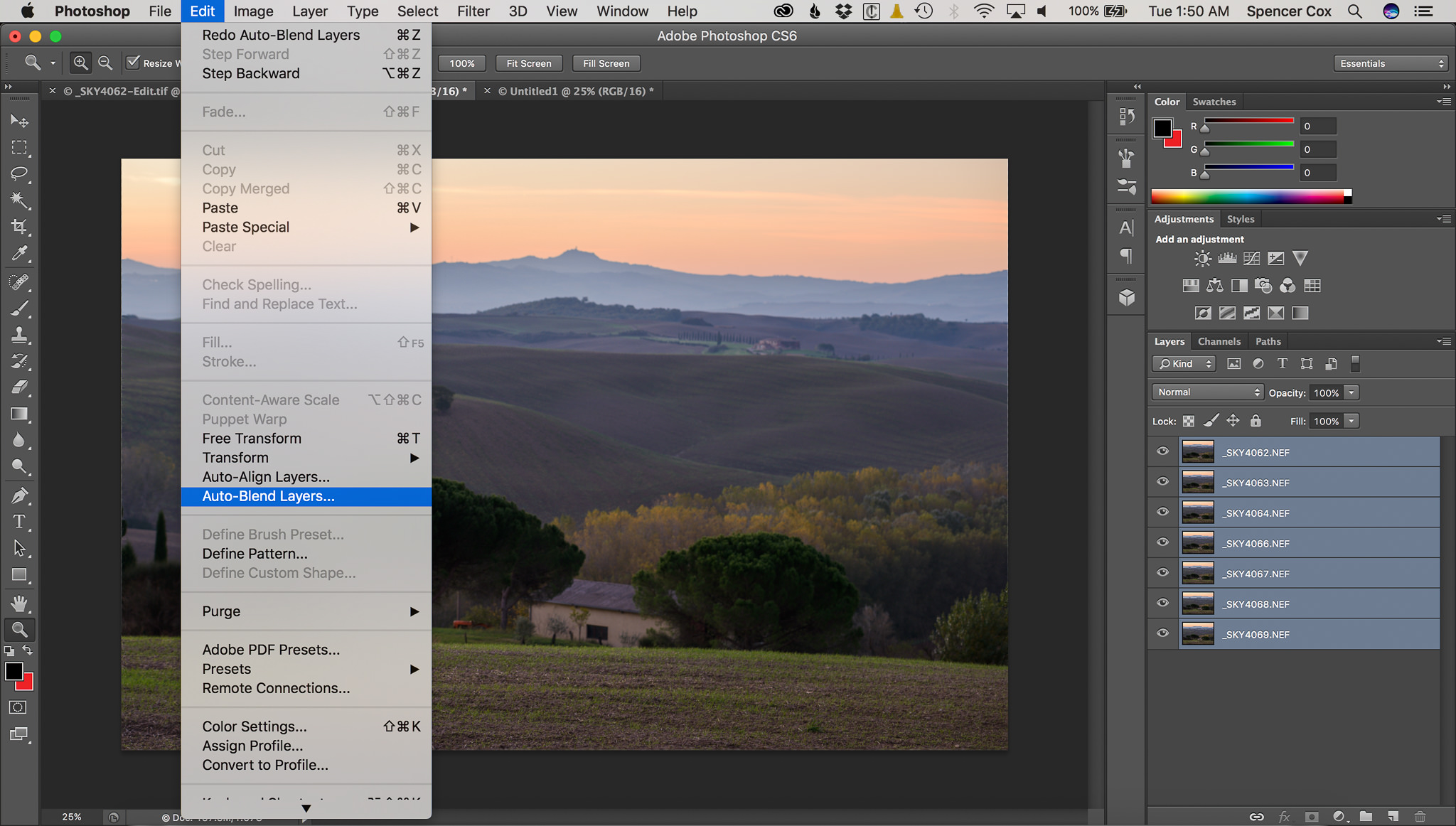

Photo stacking software Offline#
If you’re completely new to astrophotography post production, Affinity Photo is definitely not a bad choice for keeping things straightforward and manageable whilst you learn the stacking process.Īdditionally, the whole process is documented in the Help-available offline through the app and online at. Save and load bad pixel map presets so you can easily re-use them for future data. Bad pixel map tool: alter the threshold for determining hot and cold pixels from the calibration frames, and also manually add bad pixels and column defects to the bad pixel map.Light frame analysis to select a percentage of best light frames-good for rejecting frames with star trailing or poor focus.Setting white balance based on daylight (D65), the image metadata or inferring it from the master flat (applicable for one shot colour workflows).Choosing between Affinity Photo’s bespoke demosaicing (sharper, fewer false colour artefacts) or a Bilinear implementation.Manually setting the FITs/RAW bayer pattern.

Configurable background calibration to normalise background values between each image.File groups for stacking data from different sessions (that may require different dark and flat frames).Stacking method: Sigma clipping with threshold/iterations, Average or Mean.The Astrophotography Stack Persona: lean and straightforward.įor more advanced stacking, you have control over settings and additional tools such as: At its most basic level, you simply add your light frames and calibration frames using the Type dropdown, click Stack and then apply your stacked result to move back to the main Photo Persona (workspace), where you can work on your image further.

The process of stacking your initial data along with calibration frames can be complex and also quite daunting for beginners.Īffinity Photo strikes a balance between offering enough customisable parameters for advanced users, yet keeping the interface lean and straightforward. … the list goes on! In particular, Affinity Photo’s Procedural Texture filter allows you to achieve all kinds of additional functionality if you’re handy with mathematics, and it is, of course, available as a live filter so you can apply it non-destructively. Highlight brilliance (High Pass with a Hard Light blend mode).Mesh distortion and liquify effects (Liquify).Luminance and colour noise reduction (Denoise).Live star and background masking (Procedural Texture).Structure enhancement masked to just specific areas (Clarity).Star glow (Gaussian blur with Overlay blend mode and blend ranges/opacity).If you wanted to have a completely non-destructive layer stack where no layer merging is required, here are just a few techniques you could apply: Selecting a region changes the language and/or content on Filters being used to apply star reduction and structure enhancement non-destructively. So real, it almost looks fake.” In Adobe Photoshop Lightroom, you can focus stack by using Auto-Blend Layers on several images to create one final image with crisp lines. “The goal of focus stacking is to take a photo of as many in-focus slivers as you can and then Photoshop matches them together into a fully in-focus composite image,” explains photographer Nick Ulivieri.
Photo stacking software professional#
Professional photographers use a technique called focus stacking to portray multiple objects in focus on various focal planes in one sharp image where everything is in focus, essentially mimicking a greater depth of field without any loss of definition.įocus stacking can be a key tool in product photography, macrophotography, landscape photography, and other areas where a sharp focus across the entire image would make your photo stand out. Whereas your eyes immediately adjust their focus as you look from area to area, a photo must focus on just one area at a time. This is because, especially with a longer focal length or a shallow depth of field, not everything in a single image can be in focus at once. You may have looked at a scene with your eyes and wondered why it looks different in the photo you took.


 0 kommentar(er)
0 kommentar(er)
